Bugs and pests keep feasting on our beloved plants. Jokes on them though, as soon enough people will be enjoying their insect-based bread and more. While a petty revenge might make you feel better for a moment, growers often find themselves dealing with the long-term effects of an infestation. So, let's have a look at these 10 stories about crop protection from 2022.
By 2025, 30% of crop protection products will be 'green'
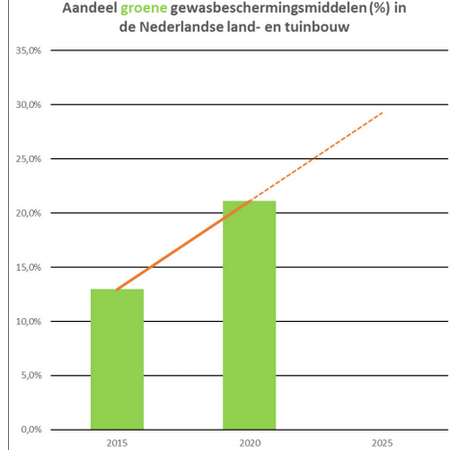
Dutch sector organizations Artemis and CropLife NL expect, by 2025, about 30% of the crop protection products used in the country's agriculture and horticulture to be 'green.' That is evident from the Green Crop Protection Degree Meter's calculations. If various incentives are used, that percentage could even be considerably higher, the organizations believe.
Grant received to develop crop protection solutions for sub-Saharan Africa
The Bill & Melinda Gates Foundation has continued their granted support to AgBiome, funding phase 2 research aimed at developing novel, efficacious, safe, and low-cost production microbial pesticides (fungal control and nematicide) for smallholder farmers in sub-Saharan African countries. AgBiome's research is focused on developing biological pest control solutions for the following crops: maize, sorghum, banana, and yam.
"We want to give growers more alternatives for crop protection"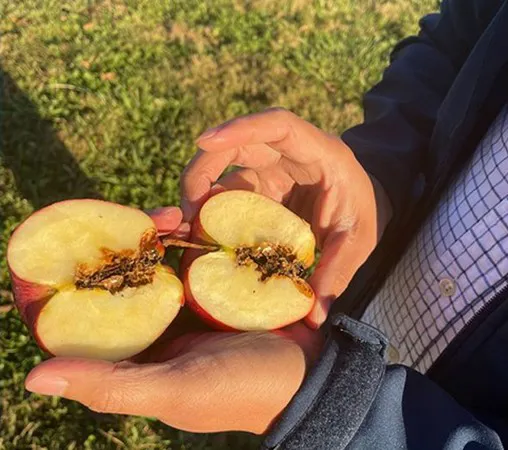
Pests are a pain, so West Virginia University Extension is reaching out to growers and gardeners around the state about the dangers of pesticides and how to incorporate safe alternatives — such as barriers, insect traps, and introducing predatory insects that feed on pests.
Carlos Quesada serves as the statewide WVU Extension entomologist and the pesticide safety education coordinator. His research focuses on chemical and biological approaches to insect pest management. Now, through an award from the U.S. Environmental Protection Agency's Pesticide Environmental Stewardship Program, Quesada and WVU Extension will educate West Virginians about integrated pest management and pesticide safety.
Israel: "Woven crop protection covers ensure better weather resistance and light distribution"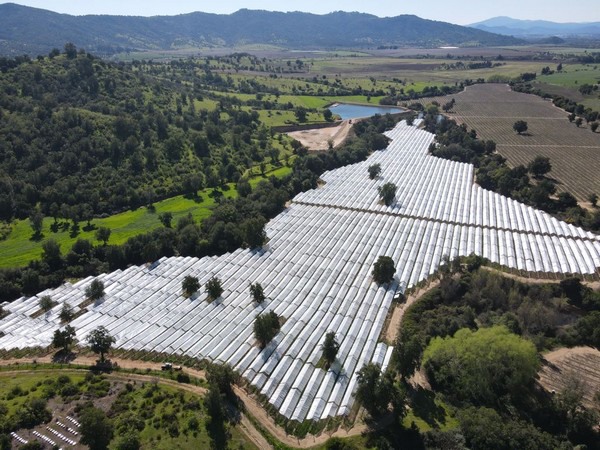
"Because our covers are woven, they provide growers with additional benefits. From higher durability to better light diffusion, different growers are looking for different aspects. We listen to what the market needs and develop new solutions," says Mr. Itzhak Shopen, GM of PIC Plast. The Israeli company provides a variety of covers for the agricultural and horticultural markets. "From fruit cultivation to cannabis growers, we can provide them with an optimal solution for their needs."
Micothon conducts trial to combat mildew in strawberry cultivation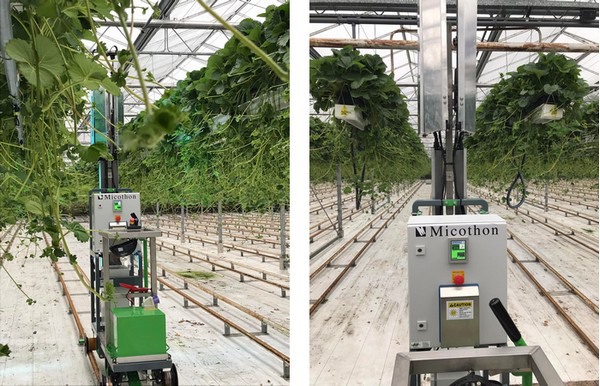
After the successful application of UVC in strawberry cultivation, crop protection specialists at Micothon in The Netherlands have now also conducted a trial to combat mildew in strawberry runner cultivation with an automatic UVC robot.
There is an urgent demand from the horticultural sector for a more sustainable and affordable solution to replace crop protection products. A crop that has not been sprayed yields a higher price than a sprayed product, and strict regulation means that regular products are less readily available.
Australia: Using BioClay technology to protect plants against whitefly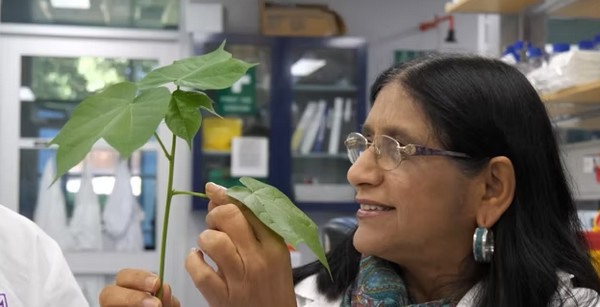
It's one of the biggest challenges facing the environment and farmers across the globe – pest control. But now, University of Queensland scientists have developed an environmentally friendly spray that could prove to be a game-changer for the agricultural industry.
"Each insect has its own odor, and the dogs will always notice"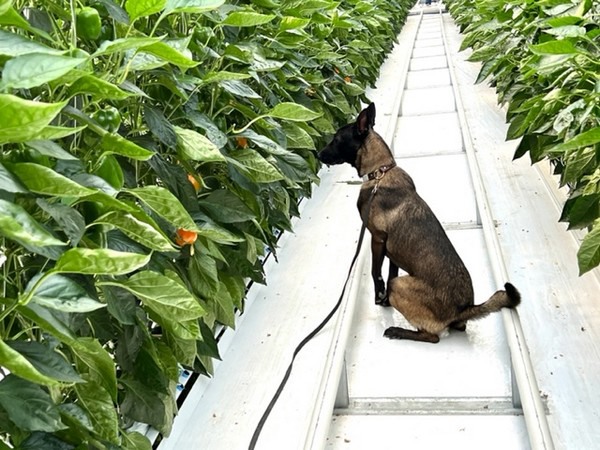
Scouting pests in a large greenhouse can be quite a challenge. After all, the pests are hardly visible to the eye, and populations grow rapidly in number. For that reason, Deanna Kjorlien and her colleagues are training dogs to respond to the odor of greenhouse pests. After all, a dog's nose is sensitive enough to perceive the presence of an insect colony, even when it's still too small for a grower to notice.
Green Dog Pest Service is located near Seattle, Washington, but their projects aren't limited to the US. Their main project now is in Mexico, at a bell pepper greenhouse. Deanna trains mostly Belgian Malinois, as they are very athletic and have a high drive. 'Most of our dogs are rescues. Belgian Malinois are intelligent and motivated working dogs, and for that reason, this breed can be too much for a family to manage. We train them and give them a job. However, we also train other breeds, as I believe that all dogs can do the job when properly educated.'
Belgian tomato grower raided on suspicion of using prohibited ToBRFV vaccine
A raid took place at a tomato-growing company in Rijkevorsel, Belgium. The grower is suspected of developing and using a prohibited vaccine against the Tomato brown rugose fruit virus (ToBRFV). Additionally, several house searches took place in Beerse and Kapellen. The Prosecutor's Office of Antwerp announced Tuesday afternoon that four people had been detained.
The raid in question took place at Stoffels Tomaten as part of an ongoing investigation. The grower is suspected of deliberately releasing the ToBRF virus with the intention of making his tomato plants resistant to the virus. The company in question denies these claims in response to Het Nieuwsblad. The website of this newspaper contains images of the raid.
"We noticed considerably lower Pythium pressure thanks to Trichoderma harzianum" 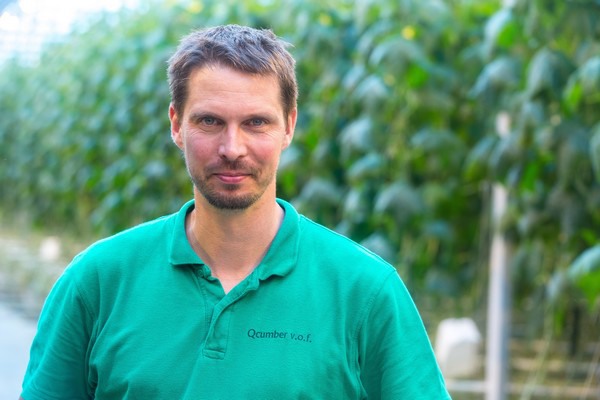
Cucumber grower Kees Hendriks (Qcumber) explains how his plant protection strategy has moved from integrated to 'almost' biological, using fewer and fewer chemicals. He has been using Trianum for the past two years in order to protect his plants' roots.
"I started using Trianum-G because of my crop's susceptibility to Pythium," explained Kees Hendriks.
Together with Stefan Wubben, Kees Hendriks runs a farm covering over six hectares along Hoefslag road in the Dutch village of Pijnacker. Built in 2011, the farm has two sections. Hendriks grows high-wire (two crops per year) under high-intensity lighting (190 micromols). He sells his cucumbers to some major retailers in the Netherlands and occasionally to customers in Germany.
Scouting moths with cameras 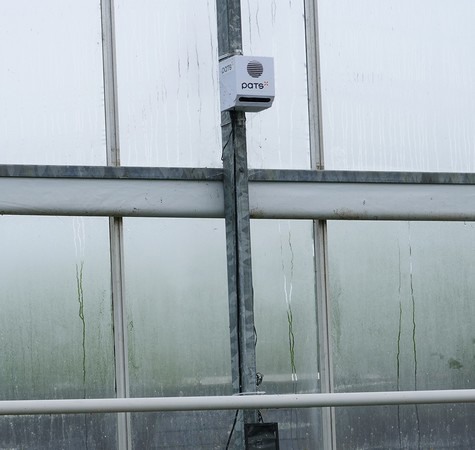
Thanks to an alliance with technology company PATS, Biobest's extensive portfolio of IPM solutions has gained a scouting tool. From May 16, growers can take advantage of PATS-C, a system that detects real-time flying pests, such as moths, in the greenhouse. This data allows for an earlier and more accurate introduction of biological agents.
